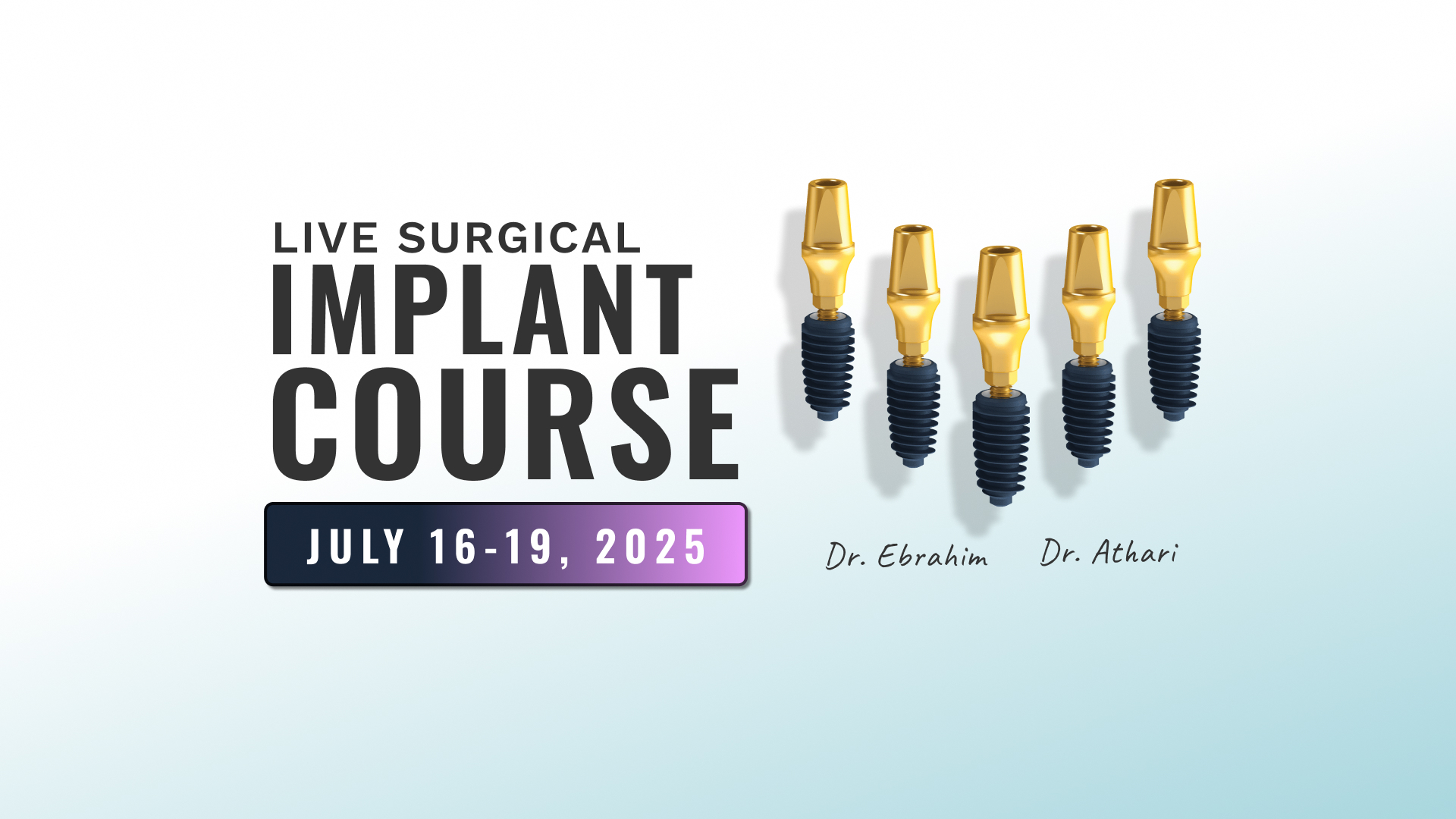
Any idea what implant this is?

If you've ever looked at an X-ray and spotted an unfamiliar object, you're not alone. Surgeons, dentists, ER doctors, even radiologists sometimes come across implants they can't immediately identify. In a world where medical technology evolves constantly, recognizing an implant isn't always straightforward.
Why Implant Identification Matters
Implant identification isn't just an academic exercise. It's critical for:
-
Planning surgeries or revisions
-
Managing complications
-
Understanding a patient's history
-
Avoiding legal and safety issues
Imagine trying adjusting dental work without realizing a post extends deeper than it looks. Guessing is not an option.
The Problem: So Many Designs
There are thousands of implant types: Straumann, MegaGen, Neodent—the list goes on. Each manufacturer has its own designs, materials, and model numbers. Some are clearly labeled on imaging. Many aren't. Older models, especially, can be a nightmare to track down.
What Kind of Implant Is This?
Can You Identify This Implant?
Which Implant Is This?
Do You Know This Implant Type?
Recognize This Implant?
What's the Implant Model?
Who Makes This Implant?
These are the questions professionals ask every day. And until recently, the answers were scattered across forums, manufacturer brochures, or buried in old patient records.
So Many Questions, One Simple Solution!
But now there's a straightforward tool built to solve this exact problem: WhatImplantIsThat.com. This searchable database helps you identify orthopedic and dental implants by image. You can browse through hundreds of implants, compare shapes, and even crowdsource input from other users. It's like Shazam, but for implants.
Common Clues to Look For
Even with a tool like this, it helps to know what to look for:
-
Shape and Size: The outline can hint at the manufacturer.
-
Material Density: Titanium appears differently from stainless steel on imaging.
-
Serial Numbers: Some implants include tiny etched codes.
-
Surgical Location: Certain brands dominate specific body regions.
-
Timeframe: The year the implant was placed can rule out newer designs.
Tools That Help
-
WhatImplantIsThat.com: One of the most comprehensive public-facing implant ID tools.
-
Radiology Forums: Crowdsourcing your question can yield surprising accuracy.
-
Device Companies: Manufacturer reps recognize their own designs instantly.
-
Old Records: If the patient had surgery at a major institution, the implant ID may still be documented.
Conclusion
An unidentified implant doesn’t have to stay a mystery. Today, there’s a clear path to answers—no more guessing, no more wasted time. With a few clicks on a site like WhatImplantIsThat.com, you can go from confusion to clarity.
Have an implant you're trying to identify? Share a photo (if appropriate) or a description. Let’s solve it together.
So many questions to one simple solution:



